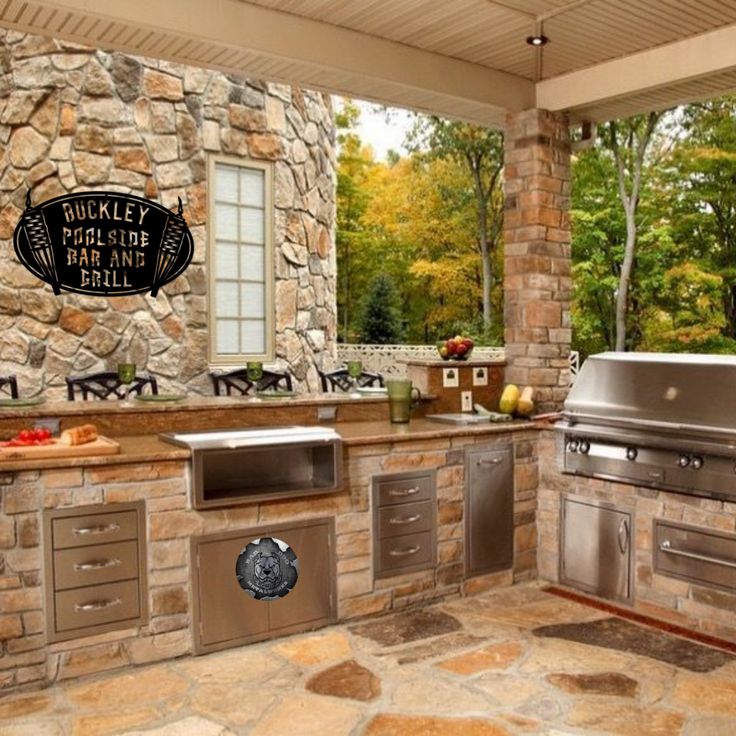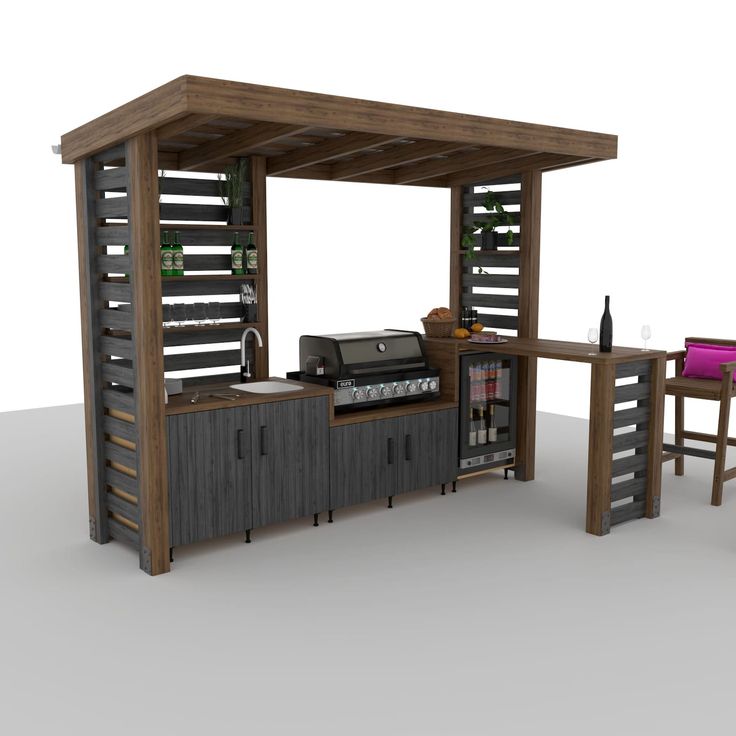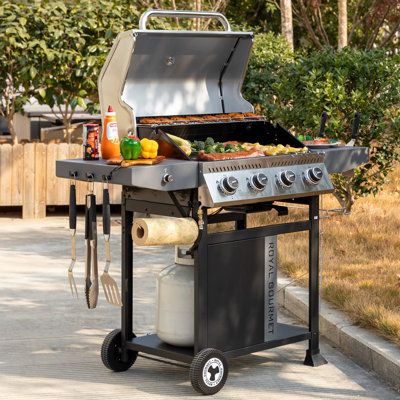A dirty, uneven grill can ruin flavor, cause flare-ups, and frustrate every cookout. Many owners quit grilling because they don’t know how parts and heat really work.
A gas grill works with burners, ignition, and heat deflectors that give steady heat and smoky taste. Knowing the parts and controls helps avoid flare-ups and ensures safe, tasty meals.
If you want to grill smarter, not harder, then you need to understand the basics. The next sections will show you how each part works, why heat matters, and how to choose the right setup.
What fuel do gas grills use?
Gas grills rely on propane or natural gas, two common fuels that power burners for outdoor cooking. Propane is portable while natural gas connects to home lines.
Propane offers portability while natural gas provides constant supply. Both fuels heat burners to cook food evenly and can be controlled easily with knobs.

Dive deeper
Fuel choice is the first decision when buying or using a gas grill. Propane is stored in refillable tanks that can be swapped at gas stations or hardware stores. This makes it a favorite for campers, tailgaters, and small backyards. Natural gas requires a fixed line connection, so it works best for built-in patio grills. It eliminates the need to refill tanks and usually costs less over time.
Each fuel has pros and cons. Propane burns hotter and faster, which is great for searing steaks. Natural gas is cleaner and cheaper, but less portable. Safety is also important. Propane tanks must be checked for leaks, and natural gas lines must be installed correctly to avoid hazards.
Here is a quick comparison:
| Fuel Type | Pros | Cons |
|---|---|---|
| Propane | Portable, hotter flame | Higher cost, needs refills |
| Natural Gas | Constant supply, cheaper long-term | Fixed, requires connection |
Choosing between propane and natural gas depends on your cooking style, budget, and whether you want portability or permanence.
How do gas grill burners work?
Burners sit under the grates and are the main heat source. They are usually made of stainless steel or cast iron with holes for gas flow.
Burners mix fuel with air to create flames that heat food. Multiple burners allow different cooking zones and better temperature control.

Dive deeper
Burners are the heart of every gas grill. Each burner connects to the gas line through a venturi tube that mixes air with fuel. The gas exits through tiny holes, creating even flames. This setup makes it possible to cook multiple foods at once with different heat levels. For example, one side can be high for searing, while the other side is low for slow cooking.
Burners can be straight, H-shaped, or U-shaped depending on the grill design. Stainless steel burners resist rust, but cast iron burners hold heat longer. Maintenance is simple but necessary. Food drippings and grease can clog burner holes, leading to uneven heating. Regular cleaning with a wire brush helps keep the flame strong.
A good grill usually has two to six burners. More burners give flexibility, but also raise the cost. When burners wear out, they can be replaced without buying a new grill.
Why does ignition fail on a gas grill?
Ignition systems create the spark needed to light gas burners. Failure is often due to worn parts, low batteries, or clogged electrodes.
Ignition fails because of dirty electrodes, dead batteries, or gas flow issues. Cleaning and replacing small parts usually solves the problem.

Dive deeper
The ignition system is what sparks the flame. Most modern grills use electronic igniters powered by a battery. Some still use piezo igniters, which make a spark when a button is pressed. Over time, igniters can fail for simple reasons. The electrode may be dirty or misaligned. Wires may be loose. The battery may be dead.
To fix ignition problems, first check the battery and replace it. Then clean the electrode with a dry cloth to remove grease. If the spark is weak, adjust the position of the electrode so it is closer to the burner hole. If there is no spark at all, the igniter module may need replacement.
It is also smart to check gas flow. If the propane tank is low or the valve is not open, the igniter will spark but the burner will not light. In such cases, the problem is fuel, not ignition. Regular checks keep ignition reliable and safe.
What is the role of heat deflectors?
Heat deflectors, also called flavorizer bars or heat shields, sit above burners and spread heat across the grill.
Heat deflectors prevent flare-ups, spread heat evenly, and vaporize drippings into flavorful smoke that seasons food while grilling.
Dive deeper
Heat deflectors are thin metal plates placed over burners. Their job is to shield burners from grease while redistributing heat. When juices from meat drip onto these plates, they sizzle and turn into smoke. This smoke rises and adds flavor to food. This is why grilled meat tastes different from oven-baked meat.
Deflectors also reduce flare-ups. Without them, grease would fall directly onto flames, causing sudden bursts of fire. By vaporizing drips, they keep cooking safer and steadier. Different grills use different types of deflectors. Some are stainless steel, while others are porcelain-coated metal. Stainless steel lasts longer but costs more. Porcelain-coated ones resist rust but can chip over time.
Replacing deflectors is cheaper than replacing burners. They should be cleaned often because buildup reduces efficiency. Many grill owners forget this part, but it is one of the most important for both safety and flavor.
Conclusion
Gas grills work with fuel, burners, ignition, and heat deflectors to give steady flames, safe cooking, and tasty food.
FAQs
Why is my gas grill not getting hot enough?
This can be due to clogged burners, low propane, or regulator issues. Cleaning and checking connections usually restores full heat.
How often should I clean my gas grill grates?
Clean grates after every cook while still warm. This removes stuck food and prevents rust and buildup.
Can I use natural gas on a propane grill?
Not directly. Some grills are convertible with kits. Always check the manufacturer’s instructions before switching fuels.
Why does my grill make popping noises?
Popping sounds often mean gas is burning unevenly due to blocked burner holes or excess grease. Cleaning helps.
How long should I preheat a gas grill?
Most grills need 10–15 minutes on high heat to reach cooking temperature before placing food.
Is it safe to use a gas grill indoors?
No. Gas grills produce carbon monoxide and need open-air use only. They should never be used inside.
How do I stop flare-ups on my gas grill?
Trim excess fat from meat, keep drip pans clean, and ensure deflectors are in place to reduce sudden flames.
